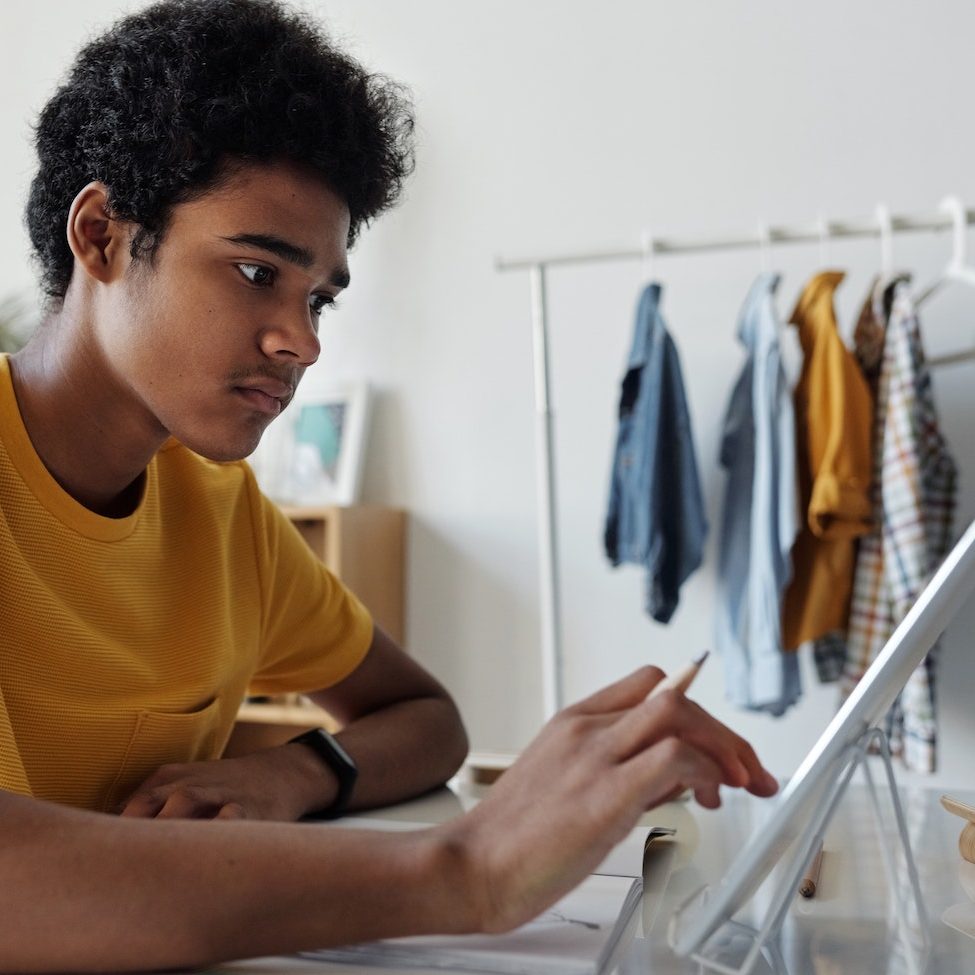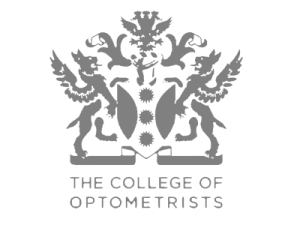As children progress through school, they naturally spend more time on screens. It is not ideal for the eyes but sometimes it is unavoidable, so how can we help children avoid the discomfort associated with spending longer periods in front of screens, and help the long-term health of their eyes?
- The 20-20-20 rule is a helpful one for everyone. Look up from the screen every 20 minutes, focusing on something 20 feet away, for at least 20 seconds. This eases discomfort, as well as potentially helping to prevent short-sightedness developing. Setting a timer to encourage children to change tasks and relax their eyes regularly can be helpful. They should also do good conscious blinks to help lubricate the eyes, as we blink a lot less when concentrating on a screen. Lubricating eye drops may also help with dry eyes.
- Ideally, spend a couple of hours outside each day. Studies show that spending over 14 hours outside per week, compared to less than five hours, reduces the chance of a child becoming short-sighted by a third. At the moment, children don’t have their regular commute to and from school, as well as their breaks outside, so it would be beneficial for their eyes if plenty of outdoor time is factored into their day.
- Keep reading materials, including screens, at least 20cm away at all times. Holding phones, tablets, games consoles and kindles close to the face, requires children to use their eyes’ zoom function causing eyes to tire. So, we suggest you increase text size and encourage them to hold the appliance at arm’s length.
- Try to limit additional close work over and above school or work. This includes reading, hand held computer games, tablets, drawing, homework and computer work.
- Finally, blue light that is emitted from screens can be very tiring for children’s eyes, causing headaches, blurred vision and disturbed sleep patterns. Your child might be willing to try blue light filtering spectacles or tinted lenses, which will filter out the harmful effects of blue light.
As a result of spending much more time on close tasks and less on long distance, like activities, like sport, a child may be less likely to notice if their short-sight is suffering so, it’s definitely worth keeping an eye on. With short-sightedness (myopia) specifically, the sooner it is identified the more chance we have of slowing the progression.
If your child is suffering from any changes to their vision, headaches, sore eyes, sensitivity to screens or anything else that gives you cause for concern, please get in touch. Regardless, your child should still have their eyes examined at least every two years, more frequently if they have had any issues.













